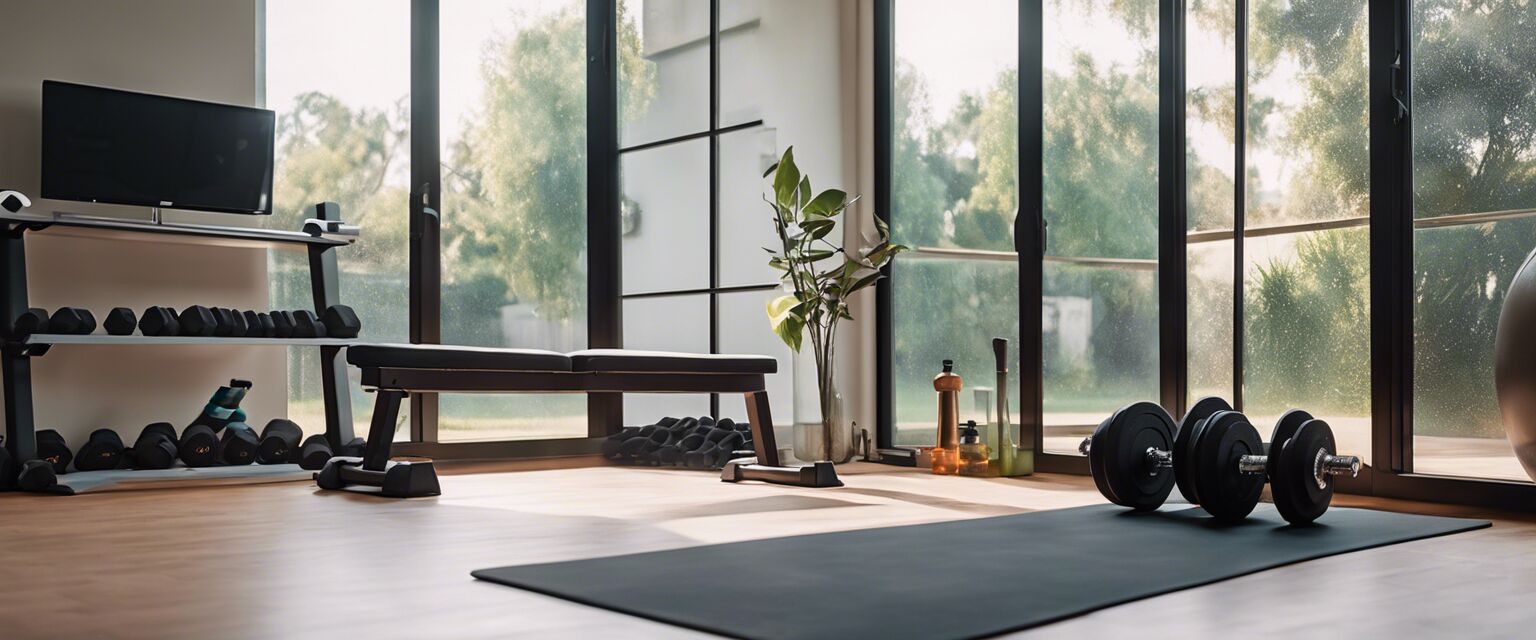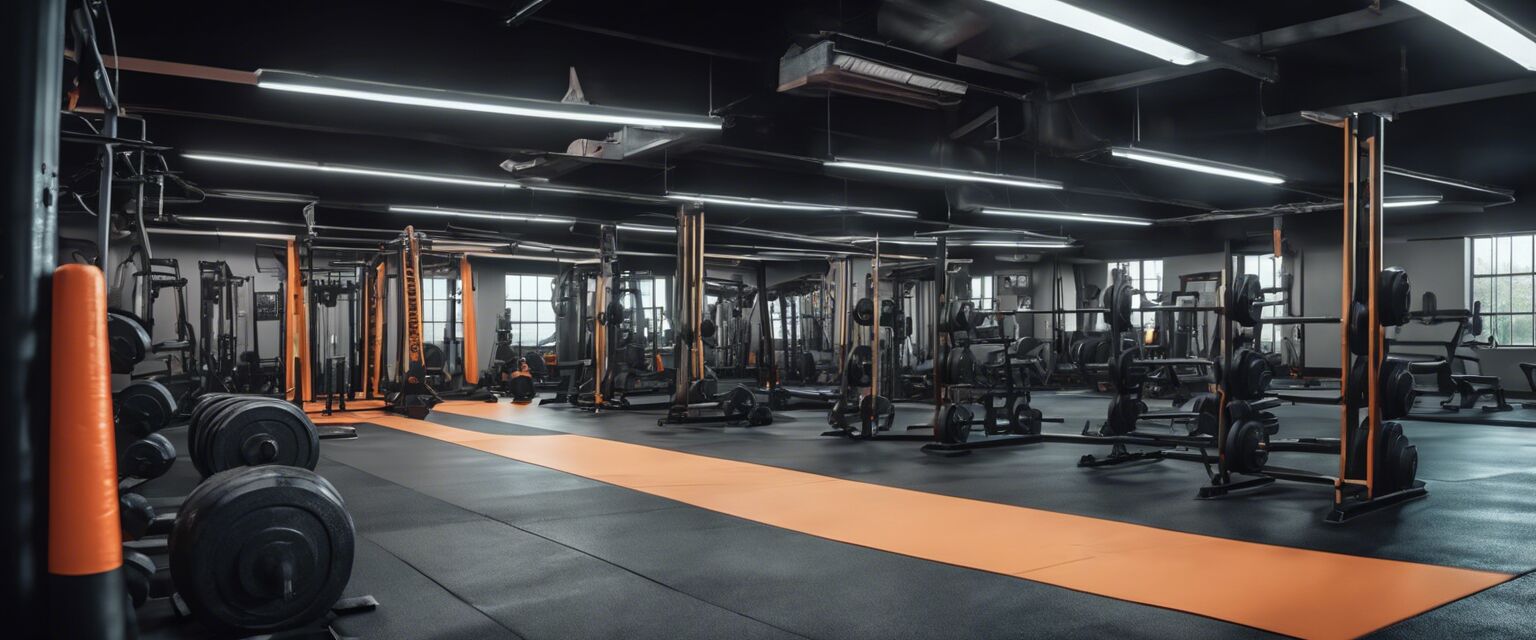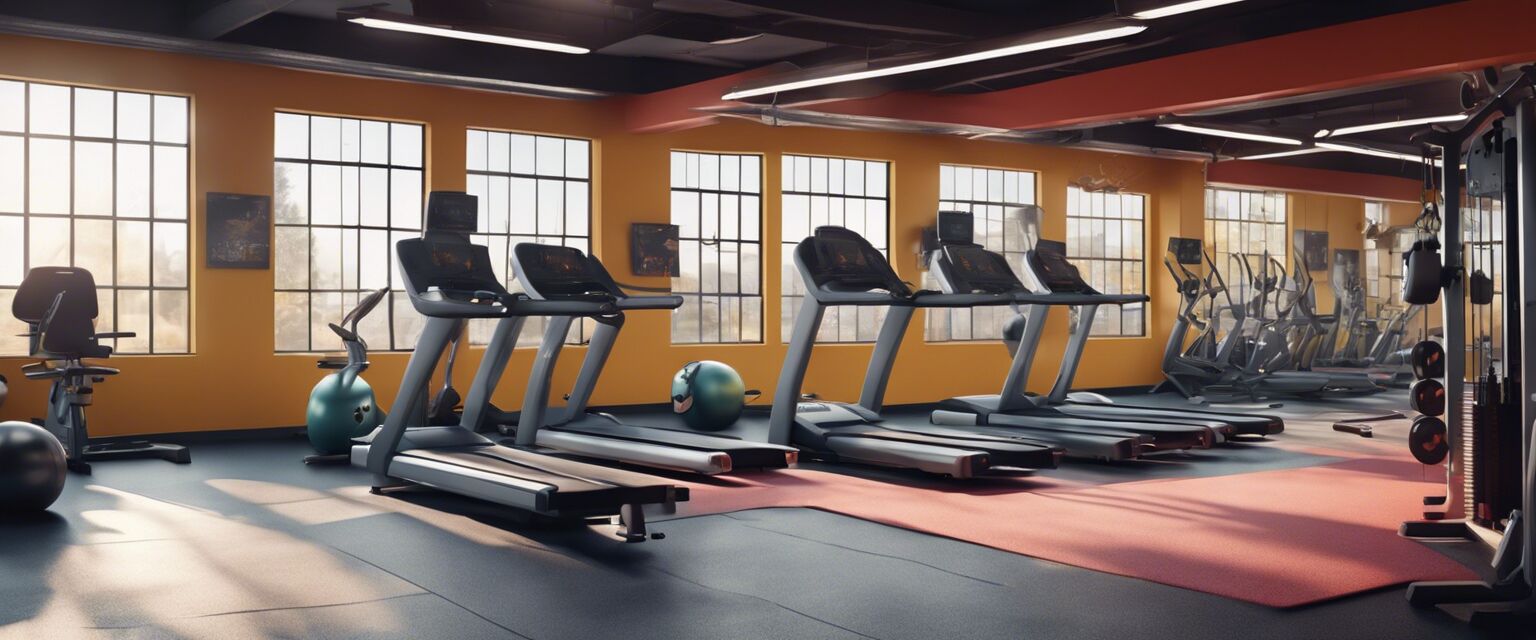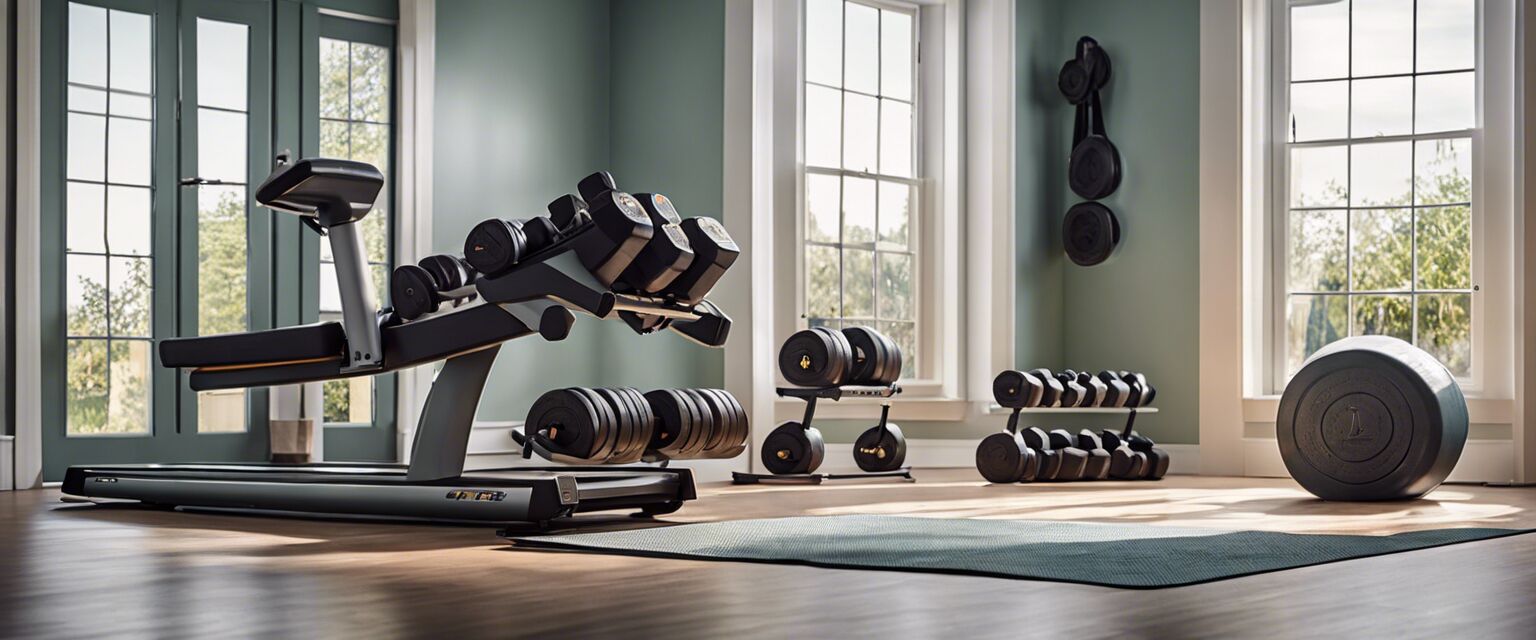
Introduction to Strength Training
Key Takeaways
- Strength training enhances muscle strength and endurance.
- Helps improve balance and prevent falls.
- Can enhance overall well-being and quality of life.
- Suitable equipment includes dumbbells, resistance bands, and weight benches.
- Always consult a healthcare provider before starting any new exercise regimen.
As we age, our bodies undergo various changes that can lead to a decline in strength and mobility. Strength training is a vital component of fitness for seniors, offering a range of benefits that can improve physical health and enhance the overall quality of life. This article provides a comprehensive overview of strength training, its benefits, and essential equipment tailored for older adults.
Why is strength training important for seniors?
Strength training is crucial for seniors for several reasons:
- Muscle Mass Maintenance: As we age, we naturally lose muscle mass, which can affect our strength and mobility. Regular strength training helps preserve and build muscle.
- Bone Health: Weight-bearing exercises strengthen bones, reducing the risk of osteoporosis and fractures.
- Improved Balance: Strength training enhances body stability, decreasing the risk of falls—one of the leading causes of injuries among seniors.
- Increased Daily Functionality: Engaging in strength training can make everyday tasks easier, such as lifting groceries or getting up from a chair.
- Enhancement of Mental Health: Physical activity, including strength training, may improve mood and mental clarity, helping to combat feelings of depression or fatigue.
Types of strength training equipment
There are various types of strength training equipment that seniors can use. Here’s a quick guide:
| Equipment | Description | Benefits |
|---|---|---|
| Dumbbells | Small, handheld weights available in various sizes. | Versatile and can be used for a wide range of exercises. |
| Resistance Bands | Elastic bands that provide resistance when stretched. | Portable and available in different tension levels, easy on joints. |
| Weight Benches | Sturdy benches designed for various exercises. | Supports a range of workouts for upper and lower body strength. |
| Balance Boards | An unstable surface to improve balance and core strength. | Enhances stability and coordination, reducing fall risk. |
| Yoga Mats | Soft surface ideal for floor exercises. | Provides cushioning and support during workouts. |
Getting started with strength training
It’s important to approach strength training thoughtfully, especially for seniors. Here are some steps to get started:
- Consult a healthcare provider: Seek advice to ensure strength training is appropriate for your health status.
- Start slow: Begin with lighter weights or resistance bands and focus on mastering the techniques.
- Establish a routine: Aim for at least two sessions a week, allowing rest days in between.
- Focus on form: Proper form reduces the risk of injury. Consider working with a trainer or following guided videos.
- Track progress: Note advancements in strength or endurance to remain motivated.
Tips for beginners
- Choose appropriate weights that allow you to complete 8-12 repetitions comfortably.
- Incorporate a mix of exercises targeting major muscle groups.
- Hydrate before and after workouts to maintain energy levels.
- Listen to your body. If you experience pain, stop and consult a professional.
- Enjoy the process! Find activities and exercises that bring you joy.
Common myths about strength training for seniors
Despite the benefits, there are many misconceptions surrounding strength training for seniors:
- Myth: It's too late to start strength training. Fact: It’s never too late to start! Many seniors have seen significant strength improvements at advanced ages.
- Myth: Strength training is only for young people. Fact: Strength training is for everyone and offers remarkable benefits for older adults.
- Myth: Lifting weights will make me bulky. Fact: Strength training enhances muscle tone and strength without significant bulk, especially when combined with a balanced diet.
- Myth: Strength training is unsafe for seniors. Fact: When done correctly, strength training can be very safe and beneficial.
Conclusion
Strength training is a fundamental aspect of health for seniors, providing numerous physical and mental benefits. Engaging in a regular strength training routine can lead to improved muscle strength, better balance, and greater independence in daily activities. By selecting the right equipment and adhering to safe practices, seniors can effectively enhance their quality of life and enjoy a healthier future.
Pros
- Improves muscle strength and endurance.
- Enhances balance and reduces the risk of falls.
- Fosters independence in daily tasks.
- Supports overall well-being and mental clarity.
- Customizable to individual fitness levels.
Cons
- Requires consistent effort and motivation.
- May need guidance to prevent injuries.
- Initial investment in equipment may be necessary.
- Can be overwhelming to start without a clear plan.
- Individual results can vary.
Explore further
Interested in more strength training tools? Check out our guides on:








